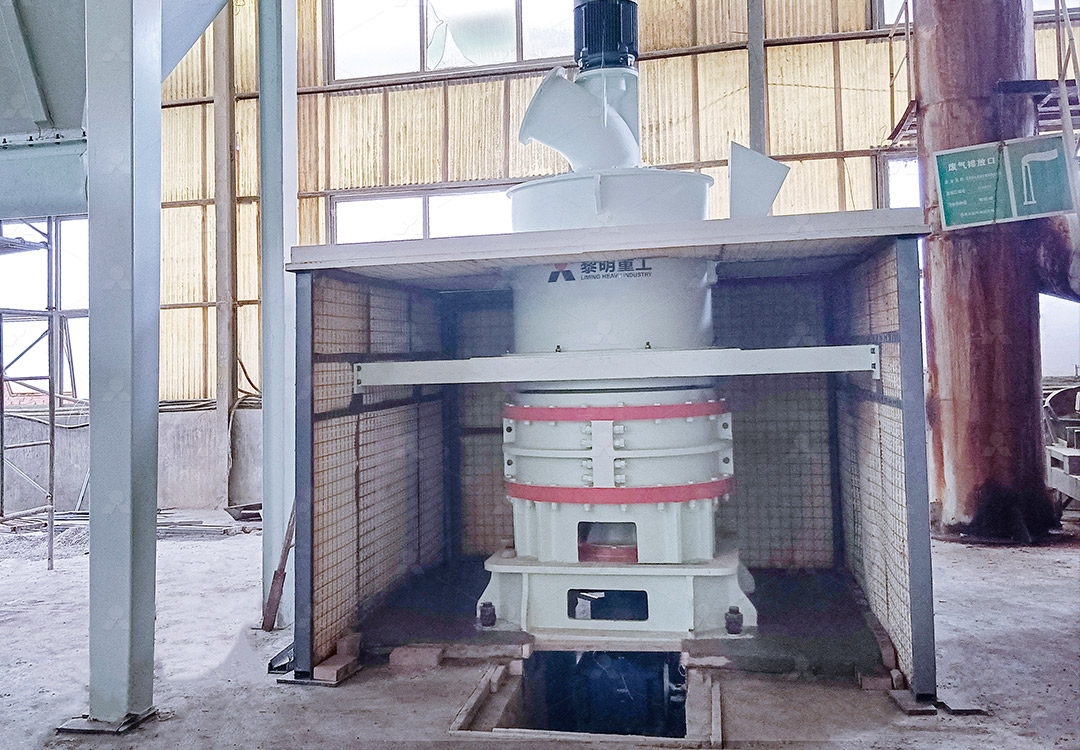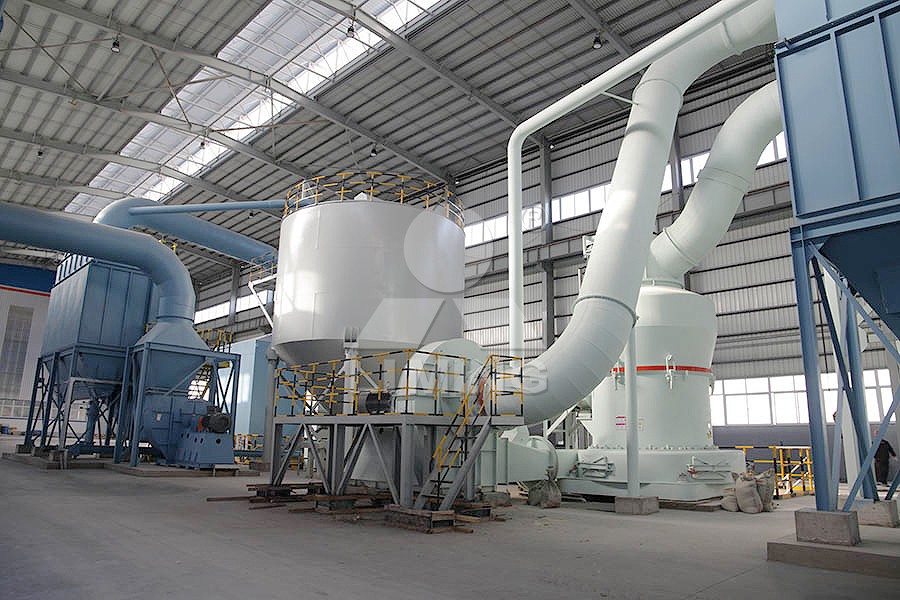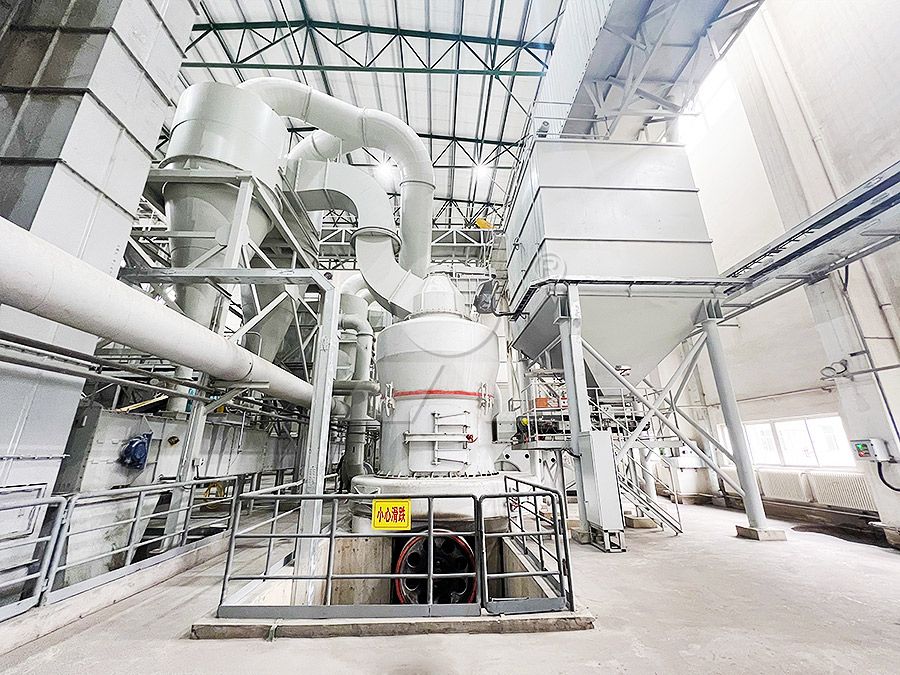Ultra Fine Stone Powder Grinding Mill for High Efficiency Production
Revolutionizing Fine Powder Production: The Next Generation of Grinding Technology
In today’s competitive industrial landscape, achieving superior particle fineness while maintaining operational efficiency represents a significant challenge for manufacturers across multiple sectors. The demand for ultra-fine powders with consistent quality has never been higher, driving innovation in grinding technology that balances precision with productivity.

The Evolution of Particle Size Reduction
Traditional grinding methods often struggle to achieve the sub-25 micron range without compromising throughput or incurring excessive energy costs. Modern applications in pharmaceuticals, cosmetics, advanced materials, and specialty chemicals require precisely controlled particle distributions that conventional equipment cannot reliably deliver. This technological gap has spurred the development of advanced milling systems designed specifically for ultra-fine powder production.
Introducing the MW Ultrafine Grinding Mill: Precision Engineering for Demanding Applications
For operations requiring exceptional fineness control between 325-2500 meshes, the MW Ultrafine Grinding Mill represents a significant advancement in grinding technology. With an input size capacity of 0-20 mm and production rates ranging from 0.5 to 25 tons per hour, this system delivers remarkable consistency for materials including limestone, calcite, dolomite, gypsum, barite, marble, talc, and various chemical compounds.
What sets the MW series apart is its innovative approach to common grinding challenges. The absence of rolling bearings and screws within the grinding chamber eliminates concerns about bearing damage or loose fasteners causing operational failures. This design consideration alone significantly reduces maintenance requirements and enhances operational reliability.

Key Performance Advantages in Modern Production Environments
The MW Ultrafine Grinding Mill achieves production capacities 40% higher than jet mills and stirred grinding mills at equivalent fineness and power consumption levels. Compared to traditional ball mills, the yield improvement is even more dramatic – approximately double the output. Meanwhile, system energy consumption is reduced to just 30% of comparable jet milling operations, representing substantial operational cost savings.
Environmental considerations are integral to the design, with efficient pulse dust collection and advanced muffler systems minimizing both particulate emissions and noise pollution. The fully enclosed operation ensures compliance with stringent international environmental standards without compromising processing efficiency.
Advanced Powder Selection Technology
At the heart of the MW series’ precision capabilities lies its German-engineered cage-type powder selector. This technology dramatically improves powder separation accuracy, while the optional multi-head configuration allows operators to fine-tune performance based on specific requirements for yield, fineness, and sieving rates. The system consistently achieves d97≤5μm in a single pass, eliminating the need for secondary processing in most applications.

Operational Simplicity and Maintenance Advantages
Beyond its technical performance, the MW Ultrafine Grinding Mill incorporates practical features that streamline daily operations. The externally mounted lubricating device enables maintenance without production stoppages, supporting continuous 24-hour operation critical for modern manufacturing facilities. Digital processing of core components ensures exceptional machining precision, while comprehensive spare parts support guarantees minimal downtime when service is required.
Frequently Asked Questions
What materials are suitable for the MW Ultrafine Grinding Mill?
The mill processes various non-metallic minerals including limestone, calcite, dolomite, petroleum coal, gypsum, barite, marble, talc, and coal powder. It’s also ideal for chemical industry applications involving paints, cosmetics, pharmaceuticals, and food additives.
How does the energy consumption compare to traditional grinding methods?
The MW system consumes only 30% of the energy required by jet grinding mills while delivering 40% higher production capacity. Compared to ball mills, it doubles production output with significantly reduced power requirements.
What fineness range can be achieved?
The adjustable fineness ranges from 325 to 2500 meshes, with the capability to achieve d97≤5μm in a single processing pass through advanced powder selection technology.
How does the mill address environmental concerns?
Integrated pulse dust collectors prevent particulate emissions, while silencers and noise elimination rooms reduce operational noise. The fully enclosed system operates under negative pressure to ensure no dust escape.
What maintenance advantages does the design offer?
The absence of internal rolling bearings and screws eliminates common failure points. External lubrication points allow maintenance without shutdown, and the digital manufacturing of core components ensures precision and reliability.
